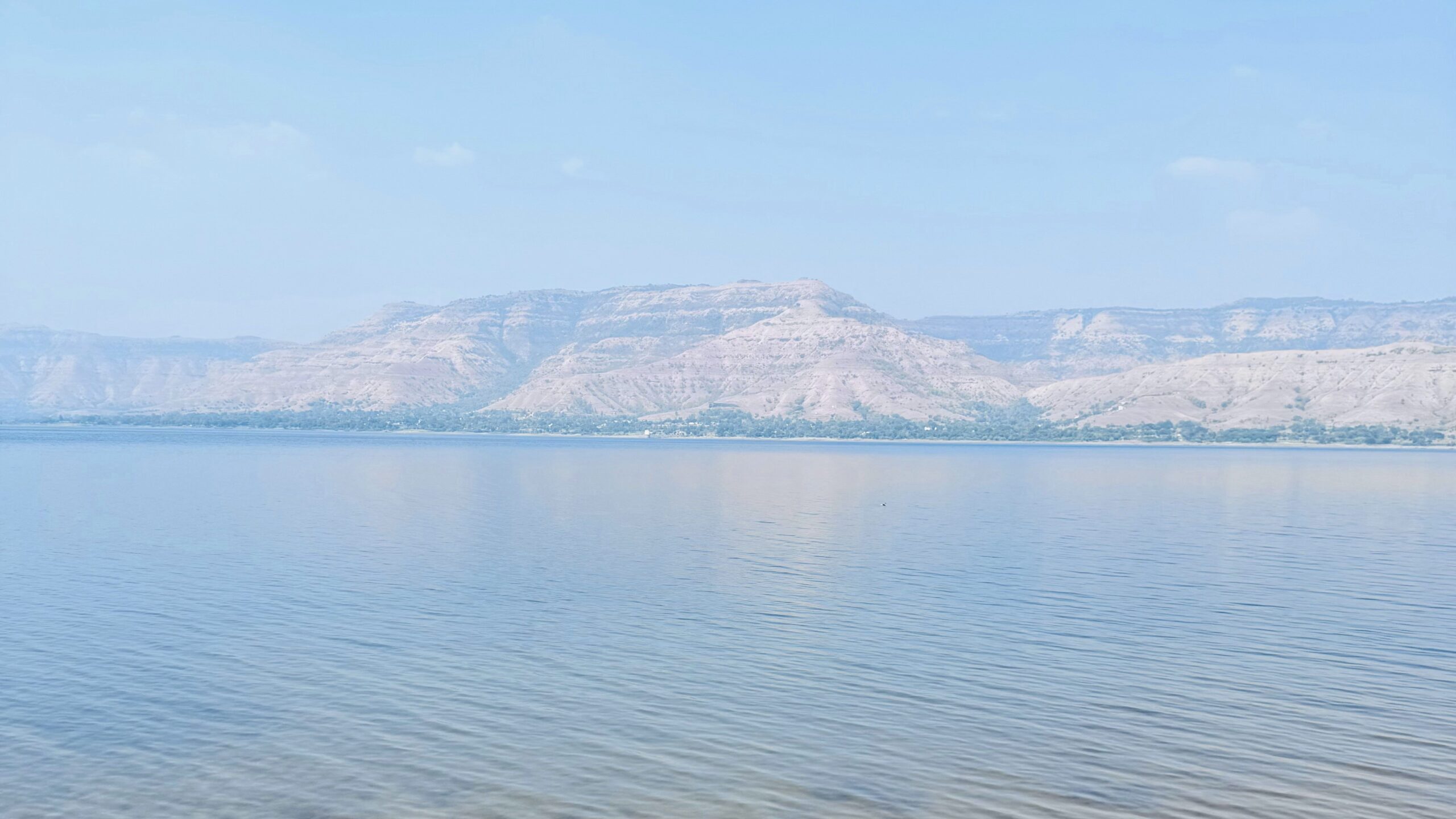
Why Israel’s Coastal Plain and Galilean Hills Matter for Bible Study
In the summer of 2023, a group of faculty and leaders from Midwestern Seminary had the opportunity to take a tour of Israel. Having arrived in the Holy Land, our first day of touring was a stunning experience. Each of the tour stops provided a window into history and Christian theology. Our time in Caesarea Maritima, Mount Carmel, and Nazareth allowed us to reflect on Gentile inclusion, God’s glory, and the gospel.
Caesarea Maritima & Gentile Inclusion
Caesarea Maritima was built by Herod the Great as a harbor city that could expand the economic horizons of the Jezreel Valley and his status in the eyes of Caesar Augustus. The robust port provided easy shipping access and trade in the Mediterranean Sea. A city name that reminded everyone of the Roman emperor solidified Herod’s favor with Augustus. Herod, ever concerned for his safety and the power of Rome’s army, also built barracks in Caesarea.
One of the many military commanders who served there, Cornelius, is named in Scripture. This centurion was the first Gentile convert of Peter’s ministry, and in Acts 10, Luke records the account of his conversion. Cornelius feared God and acted kindly toward the Jewish people. One night, he had a vision telling him to send for Peter, who was staying 20 miles south in Joppa, and ask him to come to Caesarea. Meanwhile, in Joppa, Peter had his vision that declared all foods clean. When the delegation from Cornelius arrived, the Spirit told Peter to go with them to visit Cornelius in Caesarea. The rest is salvation history.
Peter preached the gospel to Cornelius there, and the Spirit came upon him and his household. When Peter saw the evidence of the Spirit, he understood that the coming of the Spirit and the removal of food distinctions were two sides of the same coin. God had sent His Spirit upon the Gentiles, bringing salvation to all peoples. And Cornelius in Caesarea was the first of Peter’s Gentile converts.
But Caesarea has further significance for Gentile inclusion. After Paul was arrested in Jerusalem for supposedly bringing Gentiles into the Jewish temple, he was sent to Caesarea to be kept safe from the Jewish mob in Jerusalem. Luke devoted a large section of Acts (23:23–26:32) to recounting Paul’s stay there. In Caesarea, Paul defended himself by stating that he had welcomed Gentiles into the faith—but not into the temple as he had been accused. It was in Caesarea that Paul finally appealed to Caesar in Rome. After he arrived there, his mission to the Gentiles was confirmed (Acts 28:23–29).
Standing on the very stones where Paul would have walked and given his defense is an experience that words cannot describe.
Mount Carmel & God’s Glory
From Caesarea Maritima, we traveled up to Mount Carmel, where Elijah demonstrated God’s glory. In 1 Kings 17:1, the prophet Elijah told Israel’s idolatrous King Ahab that no rain would fall on the fertile Jezreel Valley except at Elijah’s command. A drought ensued, and Ahab chased Elijah down to intercede for the land. For Elijah, this was all about God’s glory. Elijah told Ahab to summon the prophets of Baal to Mount Carmel. Elijah also prayed and asked God to show that He alone is the Lord.
Atop Mount Carmel, Elijah set up an altar and drenched it in water. It was struck with fire and consumed, while the altar of the prophets of Baal was touched only by human hands. Then, after executing the 450 false prophets in the Jezreel Valley, Elijah climbed Mount Carmel again and prayed for rain. Our tour group stood on Mount Carmel and looked to the west, as Elijah’s servant did, waiting on a cloud as the sign of rain.
Nazareth & The Gospel
Our third stop in the region was Nazareth. Jesus was raised in Nazareth, a small village in the valley of several mountains. It was a no-name kind of town. Nathanael questioned Philip whether anything good could come out of Nazareth (John 1:46). In Luke 4:16–23, Luke records that in the synagogue in Nazareth, Jesus began His public ministry by reading from Isaiah 61:1–2 and proclaiming Himself as the Lord’s anointed prophet of the good news. The people of the town rejected Jesus and drove Him to a cliff on the eastern edge of the city. Standing upon the edge of that cliff reminds one that the good news is not always welcome.
Conclusion
All of these scenes in the region of Galilee anticipate Jesus’s ministry in Jerusalem on Good Friday and Easter Sunday. Luke records that once Jesus had completed His ministry in the regions around Nazareth and the Sea of Galilee, He set His face toward Jerusalem (Luke 9:51). It was in Jerusalem, via the cross and resurrection, that Jesus would glorify God in a way that Elijah could not. As very God and very man, Jesus took the punishment for human sin and displayed God’s power for the world to see by rising from the dead. It was in Jerusalem that the temple curtain would be torn on that Friday afternoon, removing the wall separating Gentiles from Jews so all peoples could have access to God together (Eph. 2:11–22; Heb. 10:19–22).

